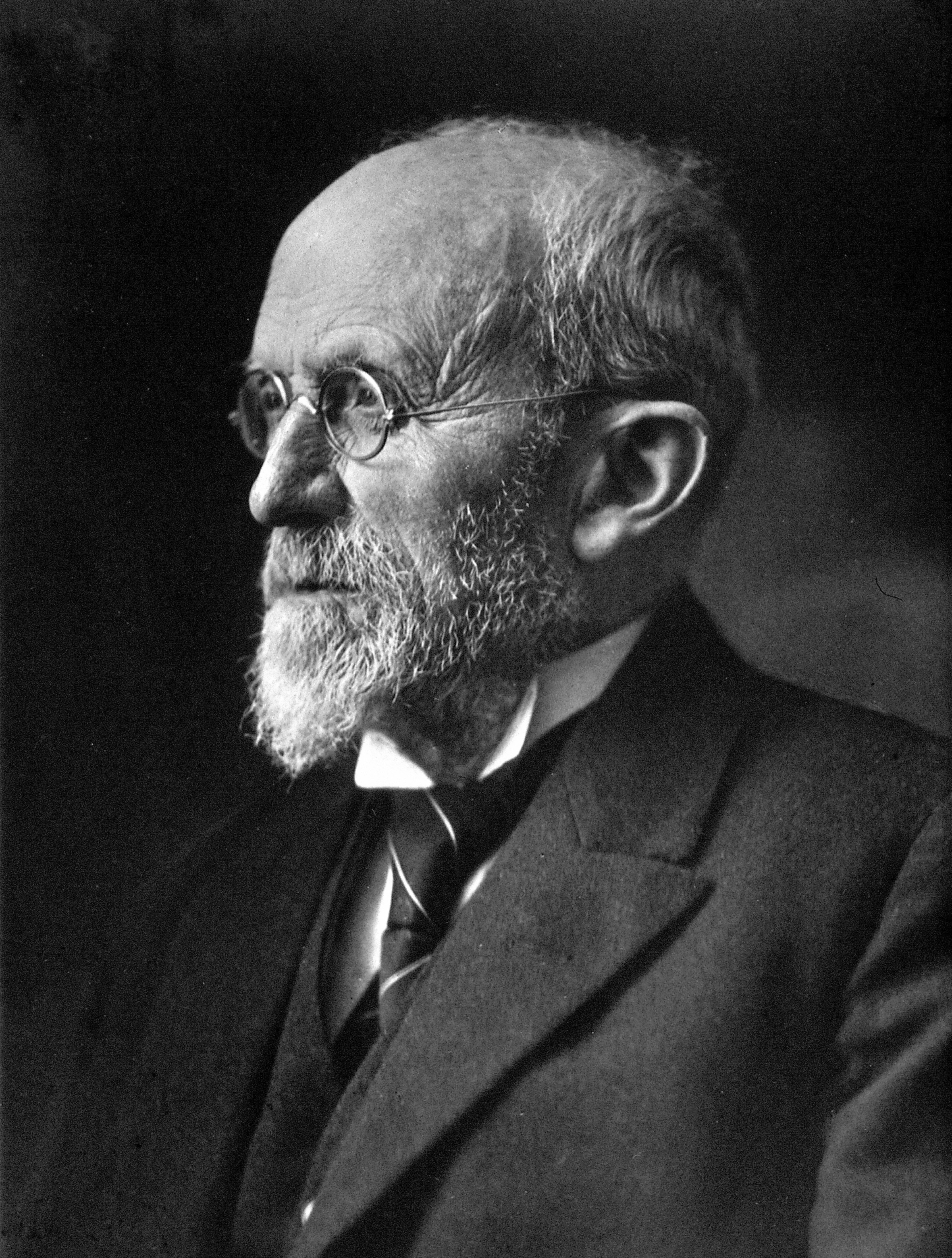Richard Hertwig
 Richard Wilhelm Karl Theodor Ritter von Hertwig (23 September 1850 in Friedberg, Hesse – 3 October 1937 in Schlederloh, Bavaria), also Richard Hertwig or Richard von Hertwig, was a German zoologist and professor of 50 years, notable as the first to describe zygote formation as the fusing of spermatozoa inside the membrane of an egg cell during fertilization.
Richard Hertwig was the younger brother of Oscar Hertwig, who also analyzed zygote formation.
Richard Wilhelm Karl Theodor Ritter von Hertwig (23 September 1850 in Friedberg, Hesse – 3 October 1937 in Schlederloh, Bavaria), also Richard Hertwig or Richard von Hertwig, was a German zoologist and professor of 50 years, notable as the first to describe zygote formation as the fusing of spermatozoa inside the membrane of an egg cell during fertilization.
Richard Hertwig was the younger brother of Oscar Hertwig, who also analyzed zygote formation.The Hertwig brothers were the most eminent scholars of Ernst Haeckel (and Carl Gegenbaur), each brother becoming a long-term professor in Germany. They were independent of Haeckel's philosophical speculations but took his ideas in a positive way to widen their concepts in zoology. Initially, between 1879–1883, they worked together and performed embryological studies, especially on the theory of the coelom (1881). These problems were based on the phylogenetic theorems of Haeckel, specifically, the ''biogenic theory'' () and the "gastraea theory" of Haeckel.
Within 10 years, the two brothers moved apart to the north and south of Germany. Richard's brother Oscar later became a professor of anatomy in 1888 in Berlin; however, Richard Hertwig had moved 3 years prior, becoming a professor of zoology in Munich from 1885–1925, at Ludwig Maximilians University, where he served the last 40 years of his 50-year career as a professor at 4 universities.
The later research of Richard Hertwig focused on protists (with the relationship between the nucleus and the plasma = "Kern-Plasma-Relation"), as well as on developmental physiological studies on sea urchins and frogs. Richard Hertwig also wrote a leading textbook of zoology, published in 1891, which he kept up to date through 15 editions until 1931. Provided by Wikipedia
1
Published: 1937
Superior document: Über den Bau der Peripyleen (Sphaeroideen) 2 (1937)
2
Published: 1886
3
4
